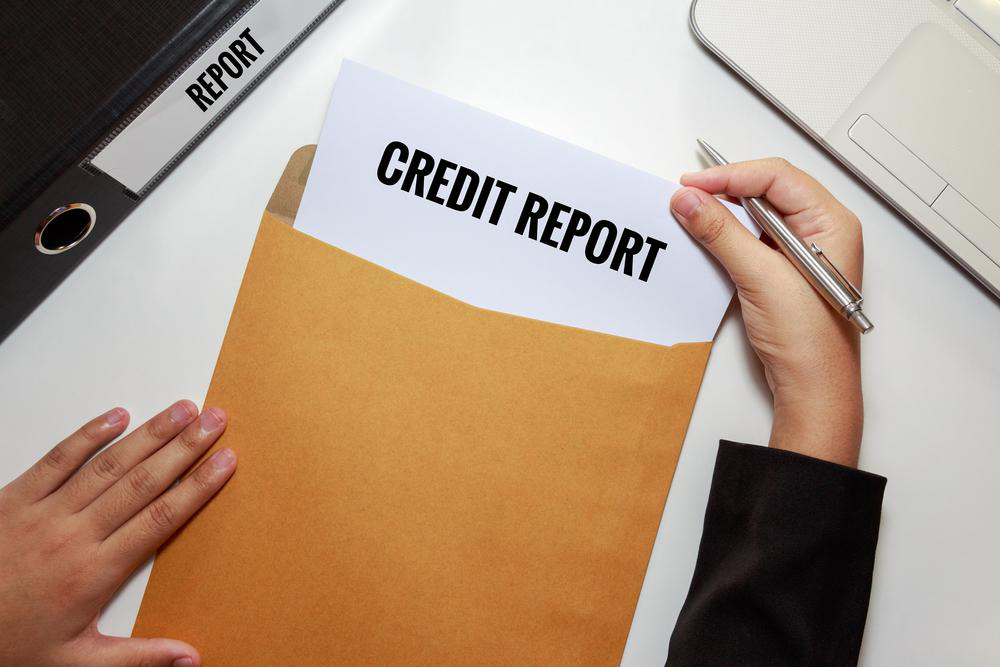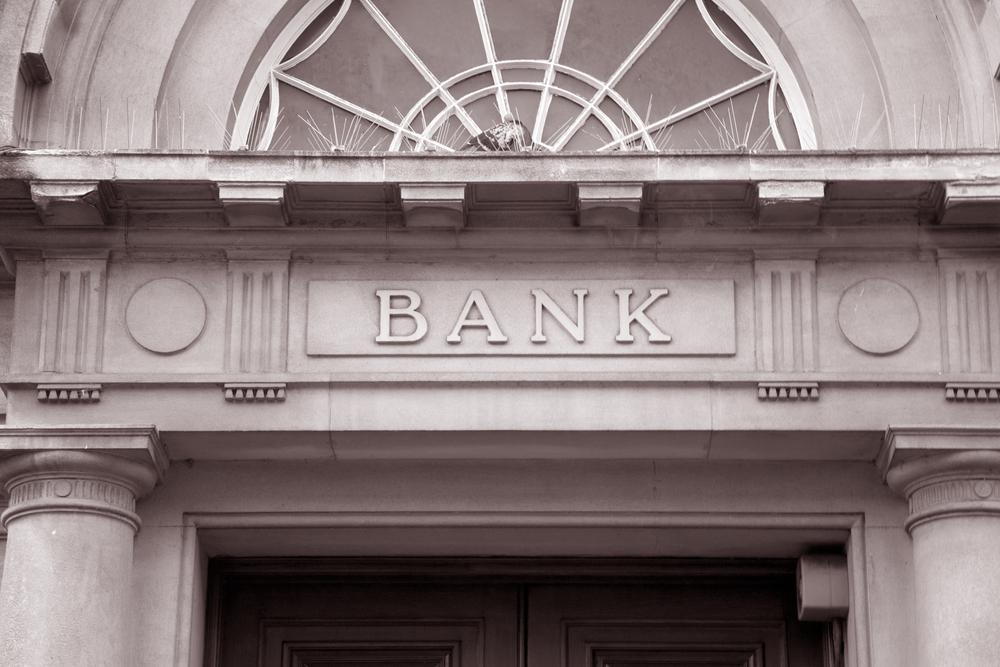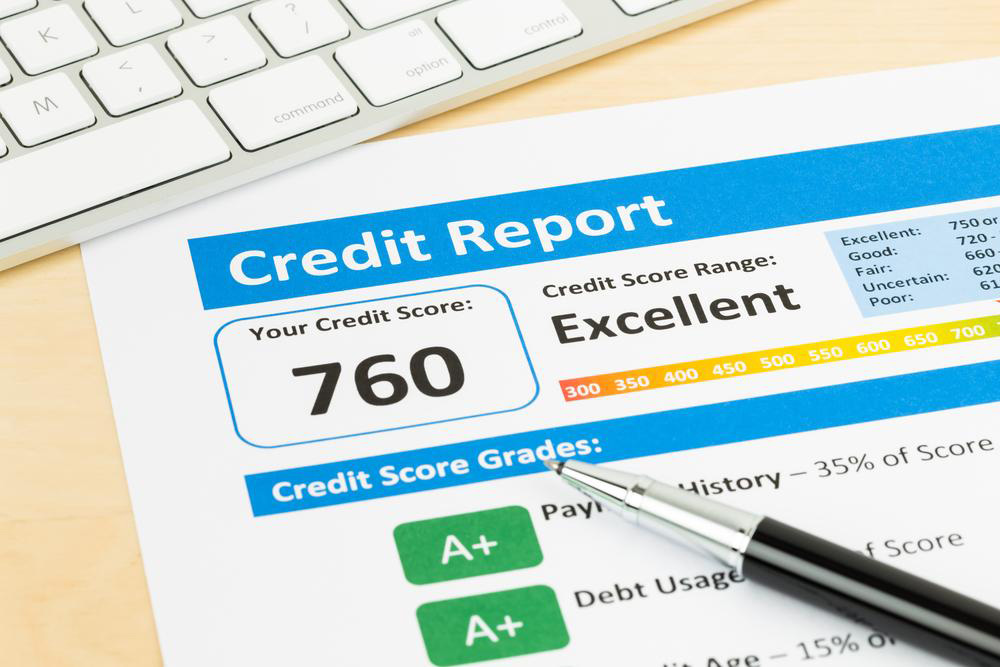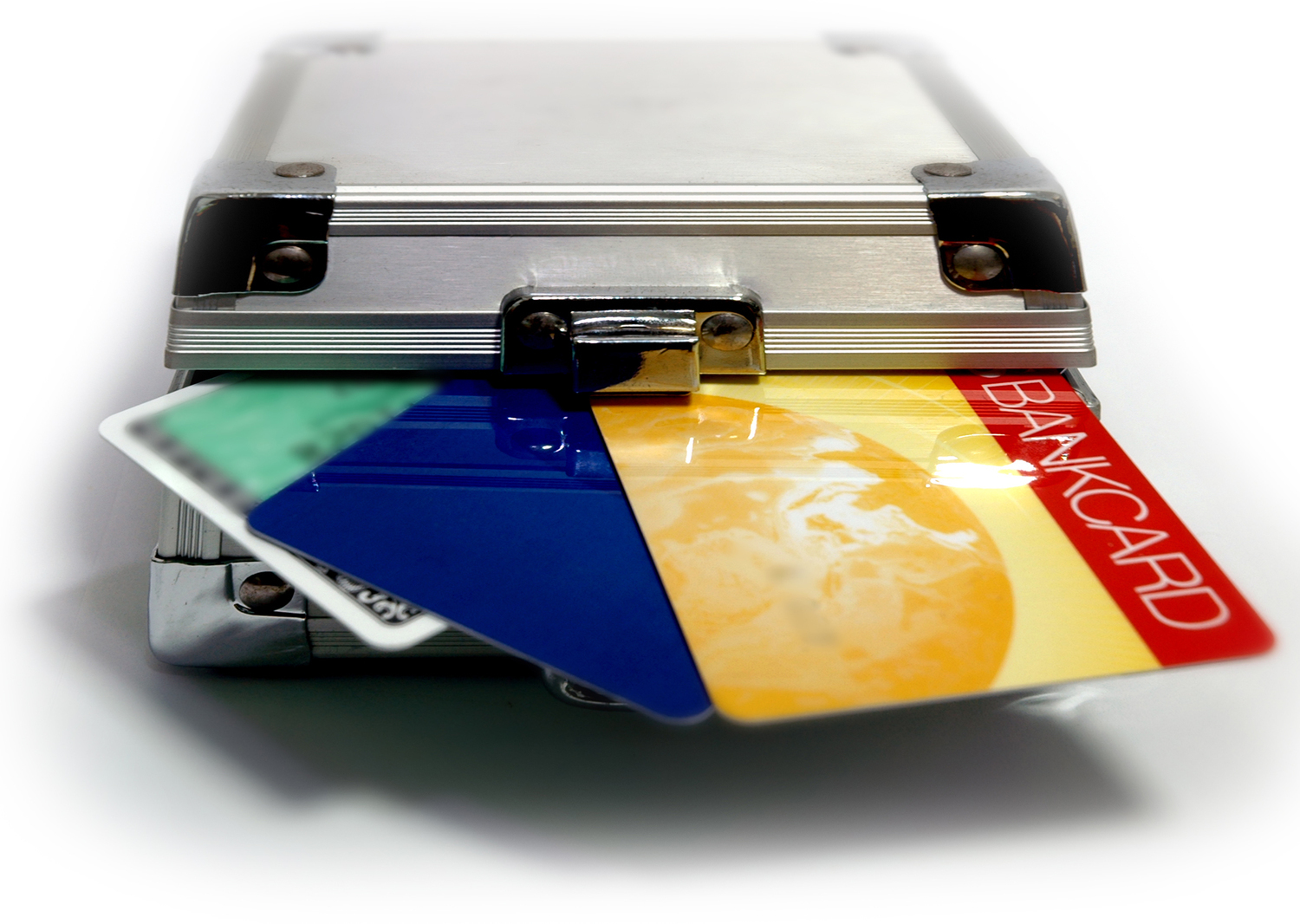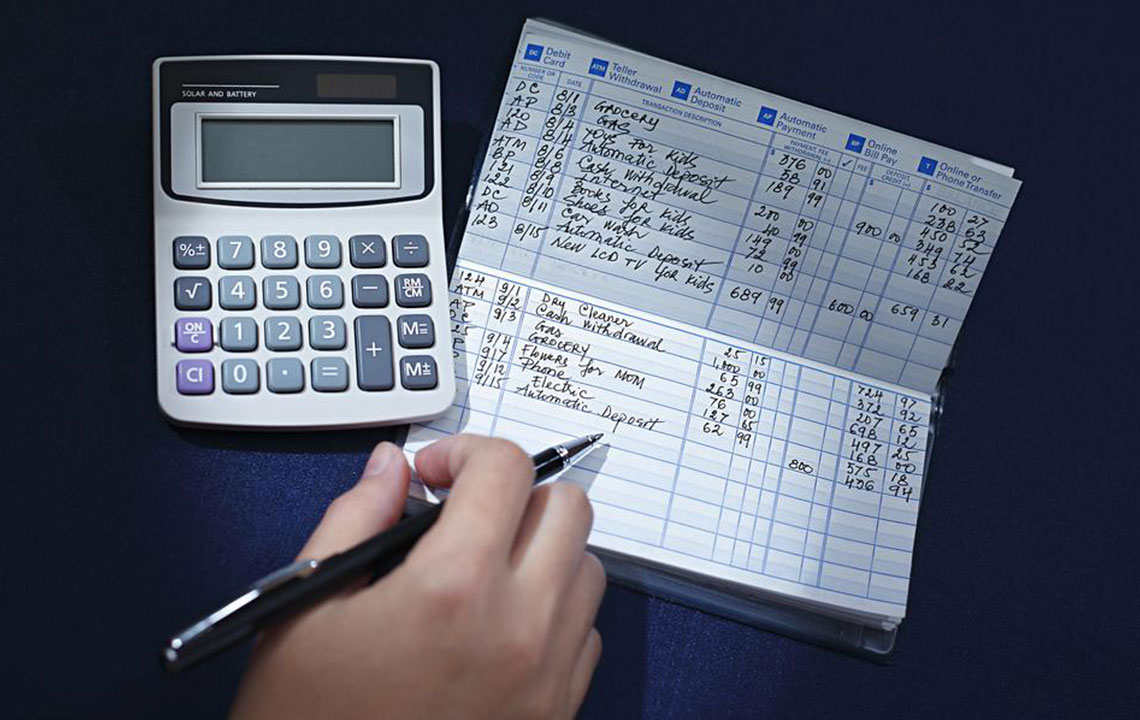Comprehensive Guide to Managing Your Credit Card Data Breach and Protecting Your Finances
Learn comprehensive steps to handle credit card data breaches effectively. This detailed guide covers immediate actions, long-term security measures, and best practices to protect your finances from fraud and identity theft. Stay informed and proactive with expert advice to safeguard your sensitive information and minimize damage post-breach.

In today’s digital age, the risk of credit card data breaches and identity theft has significantly increased, making it essential for consumers to know how to respond swiftly and effectively when their financial information is compromised. Safeguarding your personal and financial details isn't just about trusting the system; it's about proactive steps to minimize potential damage, protect your credit standing, and prevent future fraud. This comprehensive guide aims to walk you through every necessary action to take if your credit card information falls into the wrong hands, ensuring you are prepared and informed to handle such stressful situations.
With frequent reports of data breaches and cybercriminal activities targeting financial institutions, consumers must be vigilant. The following detailed steps will help you respond promptly, secure your accounts, and mitigate the risks associated with stolen credit card data. From immediate contact with your provider to long-term monitoring strategies, this guide provides all essential measures you need to defend yourself in the event of a breach.
Understanding the Severity of Credit Card Data Theft
Before diving into the remedial actions, it’s important to understand the potential consequences of a credit card data theft. Fraudulent use of your credit card information can lead to unauthorized charges, financial loss, damage to your credit score, and complicated recovery processes. Criminals may also use stolen data to access various online platforms or to create new accounts, further jeopardizing your financial security. Recognizing the signs of compromised data—such as unexpected charges, receipt of new cards, or alerts from your bank—can help in early detection, which is crucial for effective response.
Immediate Actions to Take When Your Credit Card Data Is Compromised
Prompt reaction is vital to minimize potential damage. The moment you suspect that your credit card details have been stolen or misused, undertake the following steps methodically:
Notify Your Credit Card Provider – Contact your card issuer immediately. Most banks have dedicated fraud response teams trained to handle such emergencies. When reporting suspicious activity, be prepared to provide details such as recent transactions, dates, and any unusual discrepancies. Your bank can freeze or cancel your current card and issue a replacement to prevent further unauthorized use. They can also assist in monitoring your account for any unusual transactions, giving you peace of mind as you work to resolve the issue.
Report to Credit Bureaus – Notify major credit bureaus such as Equifax, Experian, and TransUnion about your data breach. Placing a fraud alert or freeze on your credit report can prevent criminals from opening new accounts in your name. This step is crucial because once your credit information is misused, it can take months or even years to correct the damage. Early intervention can significantly reduce the impact on your credit score and prevent further misuse.
File a Fraud Report with the Federal Trade Commission (FTC) – Visit the official identity theft website to file an incident report. Completing an Identity Theft Affidavit and providing proof of the breach helps to document the incident officially. This record is useful if you need to dispute fraudulent charges or resolve credit issues later on. Additionally, reporting to the FTC helps authorities track patterns of cybercrime and can aid in broader investigations.
Secure Your Online Accounts – Change passwords for all online accounts linked to your financial data, especially your banking and shopping accounts. Use strong, unique passwords for each platform and enable two-factor authentication where available. Remove or update stored credit card details from online marketplaces and retail websites. During transactions, enter your card information manually rather than using saved data, which reduces the risk of unauthorized access.
Enroll in Credit Monitoring Services – Consider subscribing to trusted credit monitoring or identity theft protection services. Regular alerts about changes or suspicious activities enable you to take quick action if any unauthorized activity occurs. Some credit monitoring platforms also provide credit freeze options or extended fraud alerts that can further shield your credit profile.
Inform Your Bank – Notify your bank about the incident, even if you’ve already reported it to your credit card issuer. Complete transparency with your financial institution ensures they are aware of the issue and can implement additional measures to monitor your account. They can flag unusual transactions, block further suspicious activity, and guide you through the process of replacing compromised cards or accounts.
Long-Term Strategies to Safeguard Your Financial Data
While immediate actions are critical, adopting long-term safety measures can significantly reduce future risks. Maintaining vigilance, practicing good cybersecurity habits, and staying informed are vital components of ongoing financial security.
Enhance Password Security – Use complex, unpredictable passwords for all online accounts. Avoid common phrases, and change your passwords regularly. Enable multi-factor authentication whenever possible – this adds an extra layer of protection beyond just login credentials.
Monitor Your Financial Statements Regularly – Review your bank, credit card, and online account statements weekly. Spot any irregularities or unauthorized transactions early. Early detection can help you act swiftly to dispute fraudulent charges and recover lost funds.
Be Cautious About Sharing Personal Information – Avoid sharing your financial or personal details on unsecured websites or over the phone unless you are certain of the recipient’s legitimacy. Be vigilant about phishing scams, which often pose as legitimate institutions to steal your data.
Secure Your Devices – Keep your computers, smartphones, and tablets updated with the latest security patches. Install reputable antivirus and anti-malware software, and avoid accessing your banking or shopping sites on public Wi-Fi networks.
Stay Informed About New Threats – Regularly check for news about the latest scams, data breaches, and fraud prevention tips. Subscribing to financial security blogs or alerts from trusted sources keeps you up-to-date on emerging threats and best practices.
Final Tips and Best Practices
Beyond immediate and long-term measures, adopting a cautious attitude towards your financial data is essential. Always verify the legitimacy of communications claiming to be from your bank or financial institutions before sharing sensitive information. Never click on suspicious links or provide your details via untrusted websites. Consider using virtual credit card numbers for online shopping, which can be canceled after use, adding an extra layer of security.
If you experience a breach, act quickly and thoroughly. Changing your passwords, monitoring your accounts, and reporting to authorities can help restore your financial health and protect your identity. Remember, being proactive is the most effective way to fend off cyber threats and safeguard your valuable financial data.
Follow us on social media for the latest updates on credit card safety, fraud prevention, and tips to keep your financial information secure.
